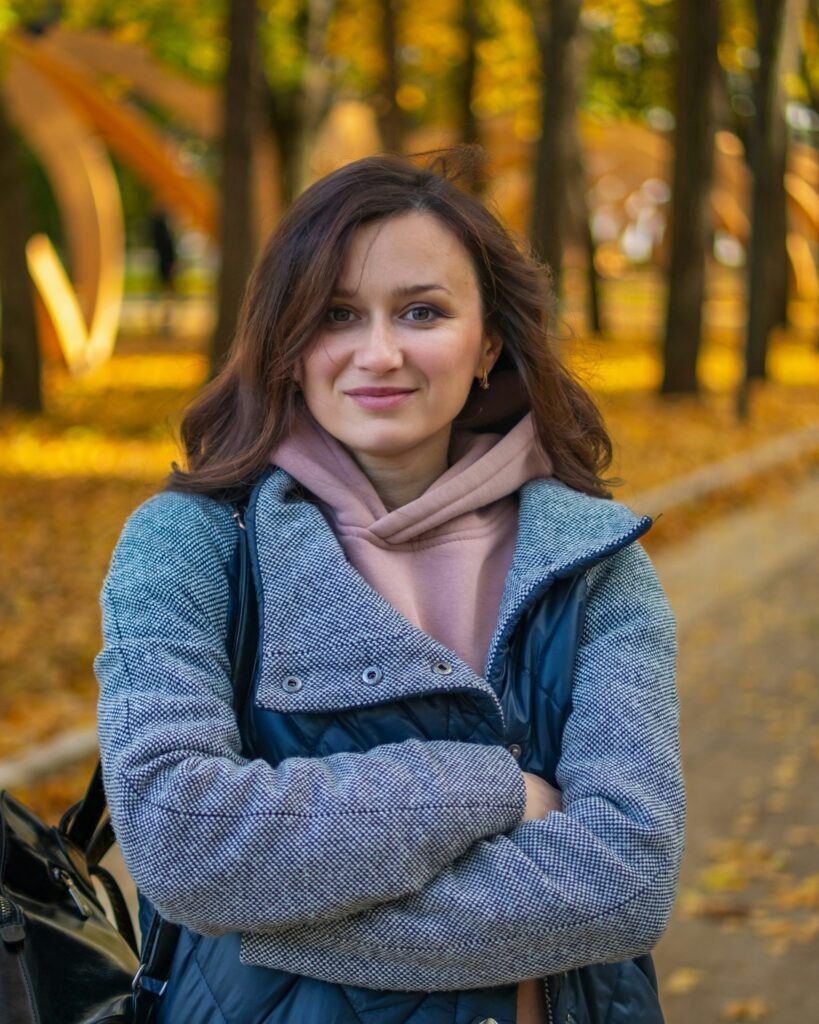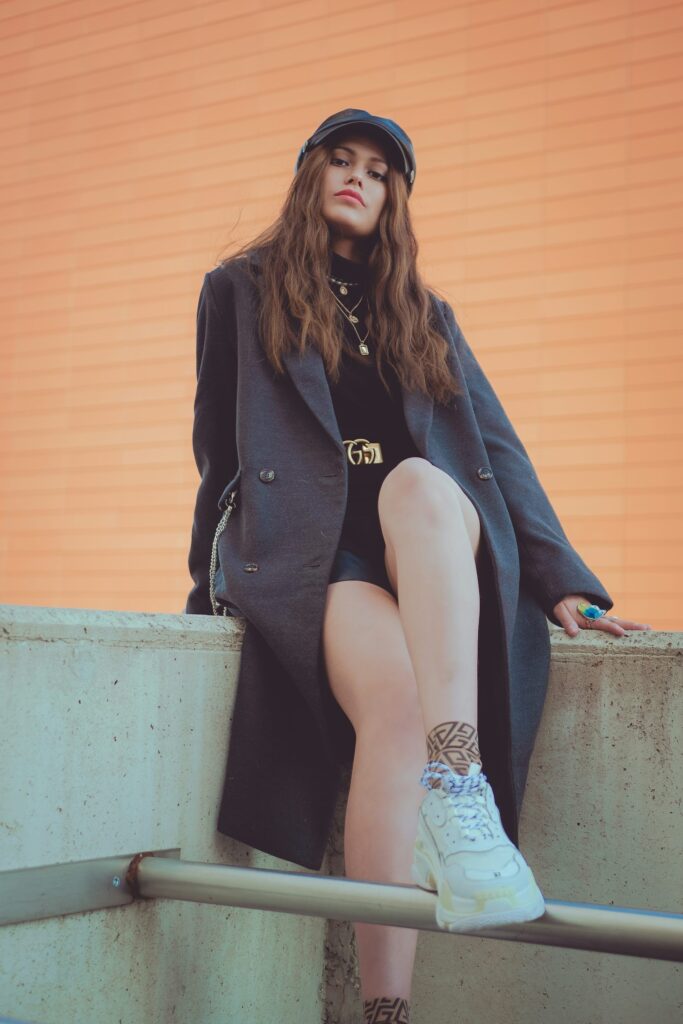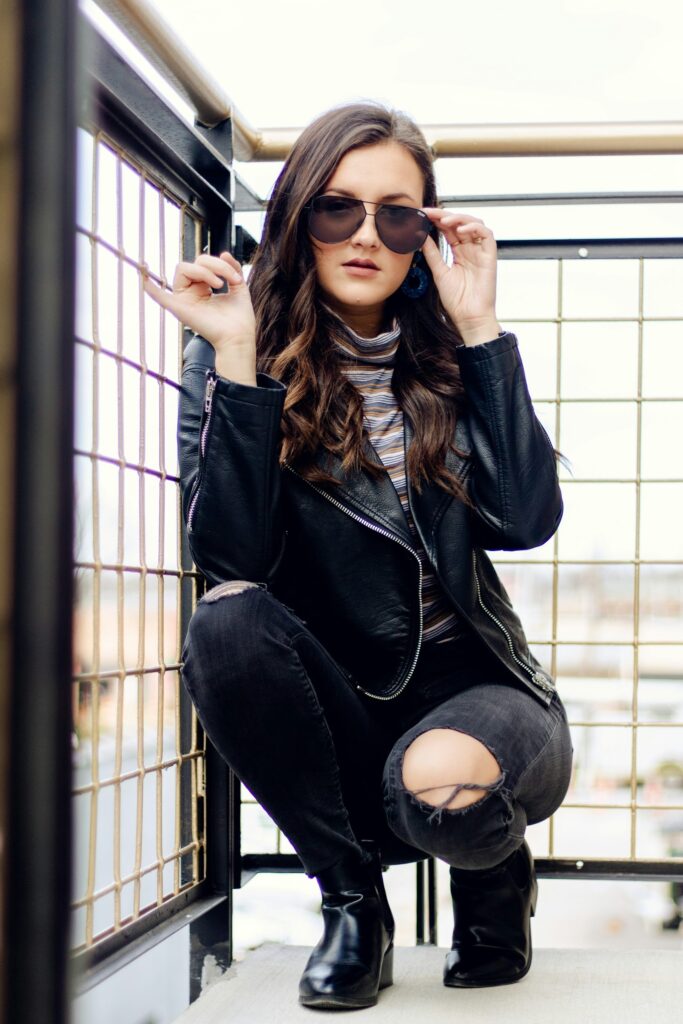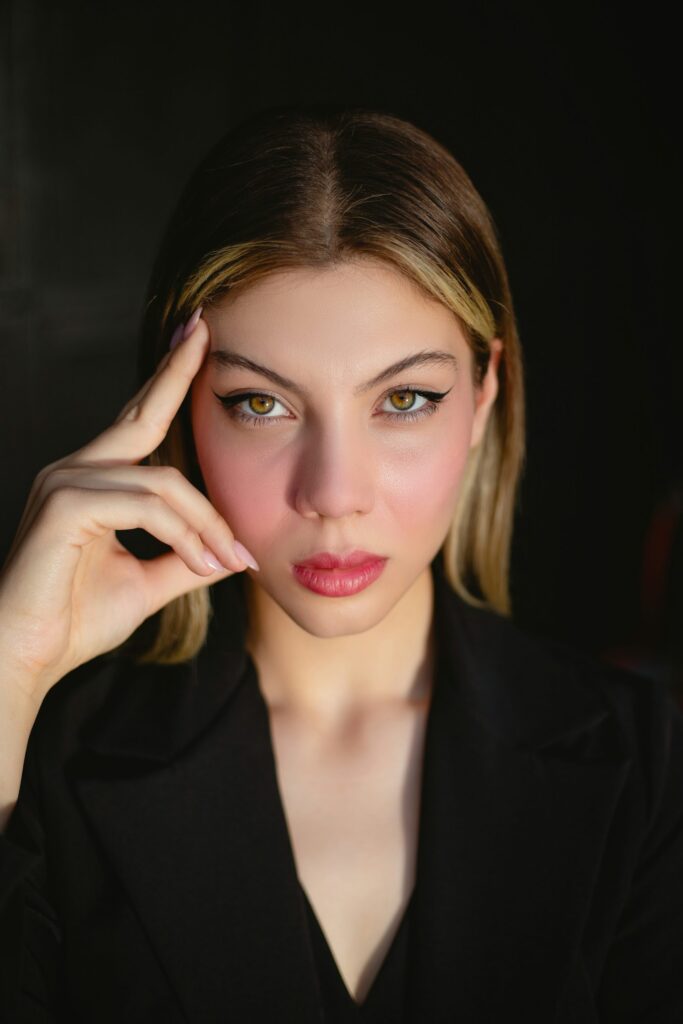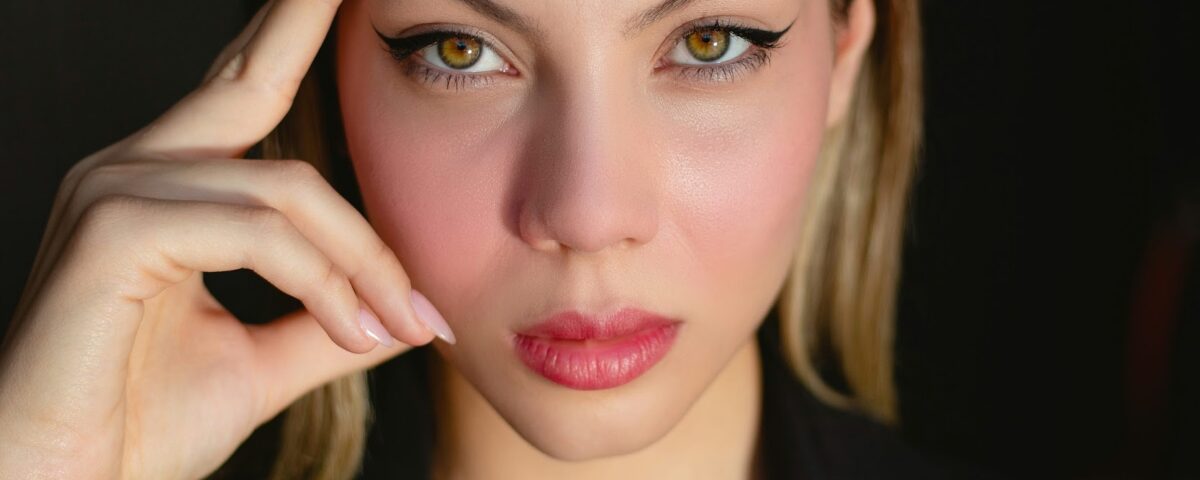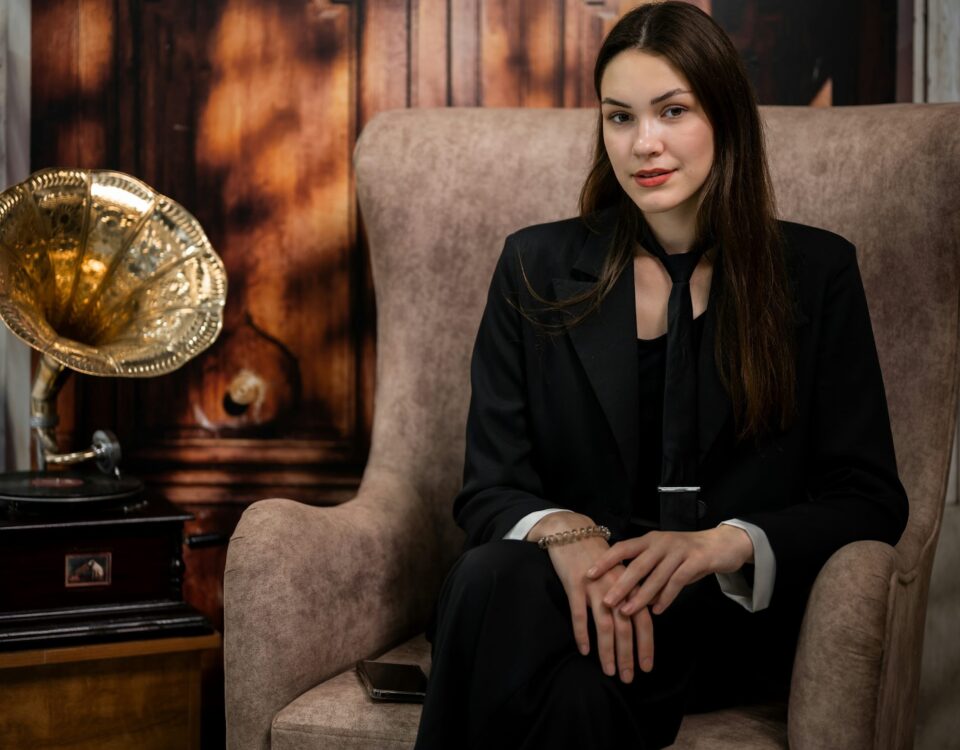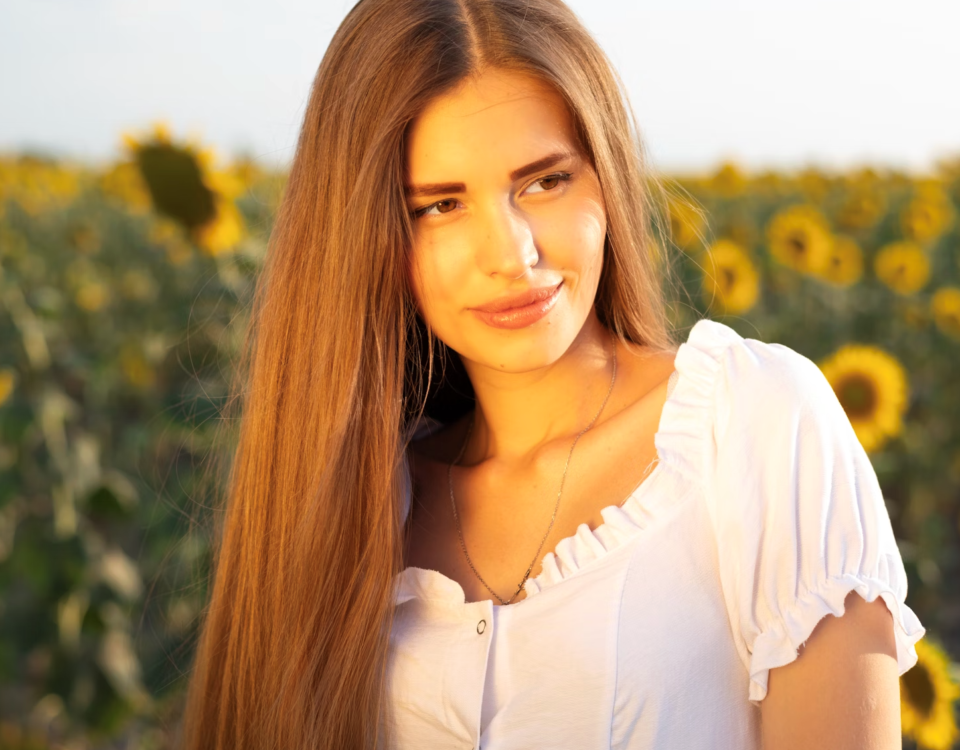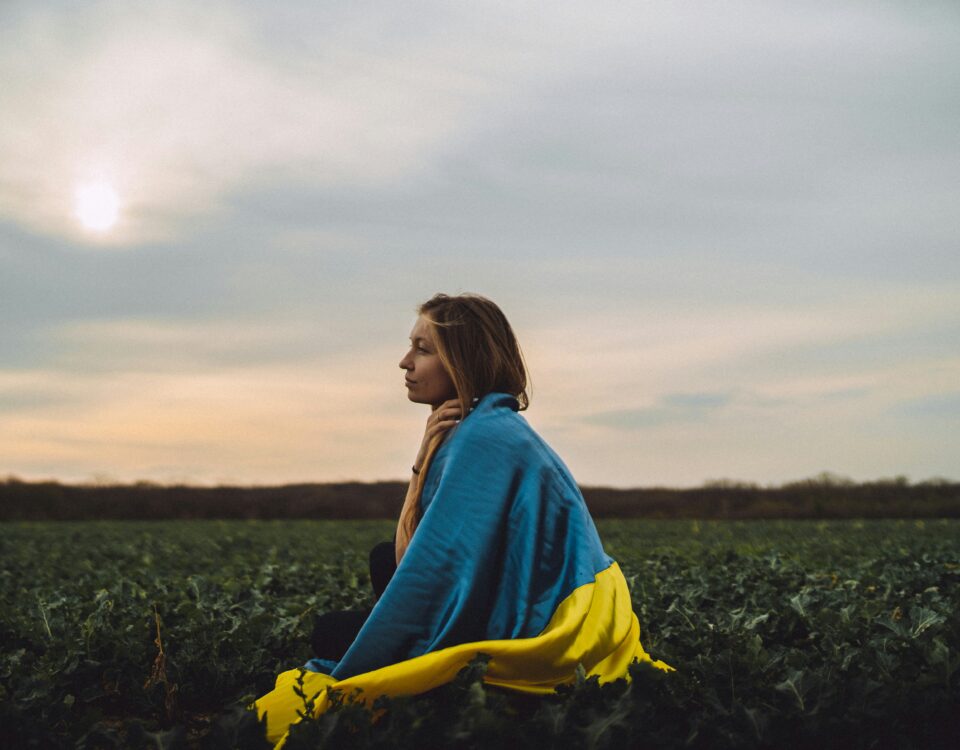
Why Do Ukrainian Single Women Move to Canada?
20.10.2025
Best Way to Find a Ukrainian Wife
29.10.2025Russian Women Features: A Closer Look at Slavic Beauty and Cultural Identity
When people speak about Russian characteristics, the first thing that usually comes to mind is beauty — the kind that feels timeless and a bit mysterious. But there’s more behind it than good looks. The way Russian women’s features are perceived today has been shaped by centuries of cultural exchange, geography, and history. Their appearance reflects the story of a vast country where Europe and Asia meet, and where dozens of ethnic influences have shaped the typical Russian appearance.
Table of Contents
The Variety of Slavic and Russian Facial Features
Because Russia is so large and diverse, there’s no single “typical” look. Still, many people notice common traits shared across Slavic facial features — expressive eyes, high cheekbones, balanced proportions, and fair skin tones ranging from porcelain to light olive. These characteristics often create what some call the Russian phenotype, but even that varies across northern regions, the Black Sea coast, and beyond.
Women in the north tend to have blonde hair, light skin, and blue or gray eyes. In contrast, the south and areas bordering Central Asia often present darker hair color, brown eyes, and slightly tanned complexions. Some have sharp, angular facial features, while others show softer, rounder lines. It’s this mix that makes Russian features female so unique — a blend of contrasts rather than a single pattern.
What Makes the Slavic Look Stand Out
The Slavic women features admired around the world go beyond symmetry or coloring. They often carry a certain emotional expressiveness — an intensity in the eyes and calm confidence in how they hold themselves. Many foreign men describe Russian women as having depth in their gaze — as if there’s a story behind their expression.
Physically, the balance between femininity and inner strength is evident. Most Russian women have slender builds, medium height, and a posture that suggests discipline. Almond-shaped or light eyes, thin lips, and prominent cheekbones add to what many view as defining. Yet the charm doesn’t come from perfection, but presence — how they smile, walk, and interact.
Beauty Standards in Russia
One thing is apparent when it comes to beauty standards in Russia: how you look is really important. In Russian culture, how you look is not just personal but also social. Women, including younger ones, are proud of how they look and consider it a sign of self-respect and discipline.
Women wear cosmetics, dress their hair, and wear high heels in everyday situations, not only on special occasions. Even though styles come and go, a lot of ladies mix classic elegance with modern style. These customs, which were shaped by the Soviet Union, Russian culture, and now worldwide fashion, are still changing.
Still, individuality is gaining importance. Not every Russian woman wants to follow a strict standard, and more are embracing natural hair texture, alternative fashion, or unique style. But for many, elegance remains a defining feature of identity.
Beyond Appearance: Cultural Characteristics of Russian People
To understand the characteristics of Russian women, it is important to analyze the general attributes of the Russian people. Russians are known for being honest, strong, and able to bounce back from setbacks. Their history and surroundings often have a big impact on how they act. At first, a typical Russian person could seem remote, yet they value deep connections and being real.
Women from Russia are frequently perceived as embodying unique physical traits along with rich cultural backgrounds. They develop a deep sense of duty towards their family, their community, and the way they embody their nation, the largest in the world. The expressions they wear frequently show a blend of kindness and strength.
The Human Side of Russian Beauty
What draws many people to Russian facial features isn’t just about eye color or symmetry — it’s what lies beneath. In Russia, beauty is something to be earned. The most admired women are often not celebrities, but everyday figures — mothers, teachers, doctors, artists.
A woman’s smile in St. Petersburg or Novosibirsk might reveal quiet confidence. Her direct eye contact — whether blue, gray, or brown — speaks of self-awareness. These subtle moments, built from generations of tradition, show how beauty and national identity often go hand in hand.
The Modern Russian Phenotype
The term Russian phenotype describes the combination of Slavic populations, Eastern Europe, and other ethnicities within the Russian population. It’s not a fixed image — rather, it’s a spectrum. From light brown or dark brown hair to black hair, from light skin to slightly tanned, the variety is wide.
Today’s Russian ladies are more diverse than ever. With influence from the Cold War era to modern-day media, and regions from the Baltic to Central Asia, most Russians carry a blend of features. Some have blonde hair and light eyes, while others have brown hair, black hair, or mixed tones.
Because of this variation, the face features of contemporary Russian women are very alluring. These days, it’s about pride, tradition, and progress rather than just the stereotypical Russian face.
The Real Secret of Russian Beauty
If there’s one thing that truly defines Russian features in women, it’s balance. Strength and grace. Practicality and beauty. Pride without arrogance. These contrasts are often visible in both appearance and manner.
Although misconceptions portray an antiquated image, authentic Russian women lead complex lives. With their education, ambition, and emotional intelligence, they are changing the definition of beautiful on the inside as much as the outside. Because of their ideals, rather than just their complexion, hair, or eyes, Russian brides continue to draw attention.
Final Thoughts
There’s no single face that represents all Russian women’s features. Just like there’s no one way to define beauty across the world. But what stands out in the Russian context is how appearance blends naturally with culture, history, and spirit.
The Russian characteristics so often admired — emotional depth, adaptability, and integrity — aren’t just seen in the mirror. They’re lived, passed on, and quietly present in daily life.
So, when someone speaks of Russian women, they’re really talking about more than just facial features. They’re speaking about a tradition of elegance, resilience, and a beauty that, once seen, is hard to forget.

